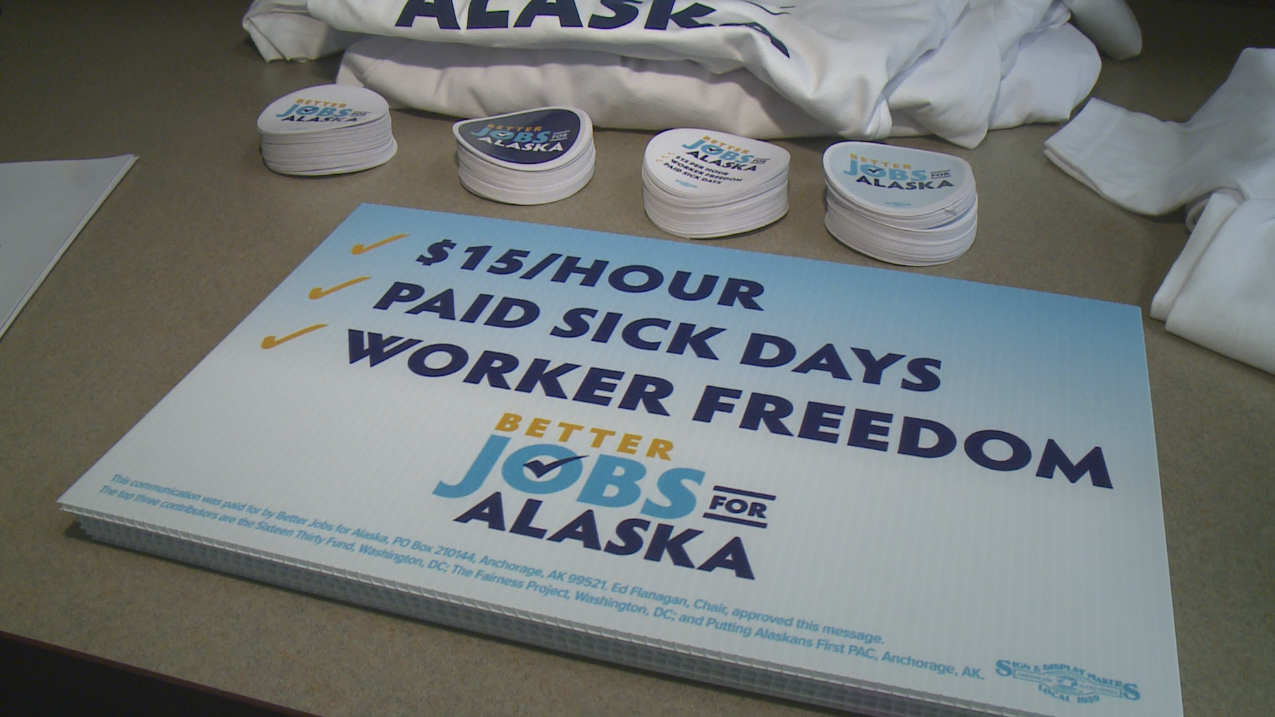With Christmas and New Year’s Day happening on a Sunday, many businesses will take the following Monday to observe these holidays. This calendar means many employees will want to take advantage of the ‘4 for 9 or 4 for 10’ scenarios this year. Because of this, the right policies and flexible scheduling can help you with holiday schedules.
For example, if a person takes December 27-30 off and does not typically work weekends, they can use four days of vacation and get ten days off. Or, the next week, they could take January 3-6 as vacation and still get nine days off. If they have enough Paid Time Off (PTO) accrued, with eight days of paid time off, they could get 16 days off.
According to a recent study, Americans had 9.5 unused vacation days left at the end of 2021. Many employees have to ‘use it or lose it’ as the number of days they can carry over to the next year is already maxed. As a result, they will be forced to use these days before the end of the year.
Companies would like to give people whatever days off they request. However, this policy is difficult when you have a lot of ‘deskless workers’. Deskless workers are those who do not sit in an office like most in hospitality, retail, and healthcare. There must be people in these positions to serve others face-to-face.
Here are things you should do to prepare for the holiday schedules:
1. Establish Vacation Policies
If two from the same shift or department want the same day off, do you have policies do you have in place to make this decision? Are these policies posted in a location for all to see?
Address these questions and communicate them to your staff. You can use several factors to help you make this decision, including seniority in the role or department, hire date, the first one to ask for the day, or other criteria.
2. Set Deadlines for Vacation Requests
The earlier a scheduler knows when people plan to take time off, the better. For example, if you know a particular shift will be decimated because nearly everyone on that shift wants the day off, it gives the scheduler time to plan for the instance. Options may include hiring additional staff with time to train them, asking others to exchange shifts to provide coverage, or working with an outside agency to find coverage for these shifts.
3. Flexible Schedules
Flexible schedules allow you and your staff to adapt quickly to your current conditions. Flexibility will also ensure your employees do not burn out but instead stay refreshed, focused, and able to deliver excellent customer service.
After all, deskless workers ranked having a flexible schedule as the number one element when looking for an employer. In addition, 42% said their well-being suffers because of inflexible schedules. When employees suffer, their work suffers, customers have poor experiences, and ultimately the business is affected.
4. Let your employees help do the scheduling
According to The State of the Deskless Workforce, 29% of workers have to call their manager to change shifts, while only 13% use a tool or app that makes it easy to swap shifts directly with colleagues. These results are very low considering the advanced digital landscape in which we live. As most of us live with our phones in hand, a tool that allows employees to swap or trade shifts is the only solution for a newer generation of workers.
In conclusion, the secret to holiday schedules is to be prepared and to create convenience for your employees in their schedules. Policies, flexible schedules, and digital tools will be your best friends.
How can we help?
Time Equipment Company’s world-class time and attendance solution saves time and money by streamlining your company’s scheduling processes. Our advanced Visual Scheduling system combines employees’ schedule patterns into one screen so you can see where you are over or short. In addition, it provides an easy way to communicate with your staff to find out if they can take that shift. For more information, contact Time Equipment Company at sales@timeequipment.com or 800-997-8463.










